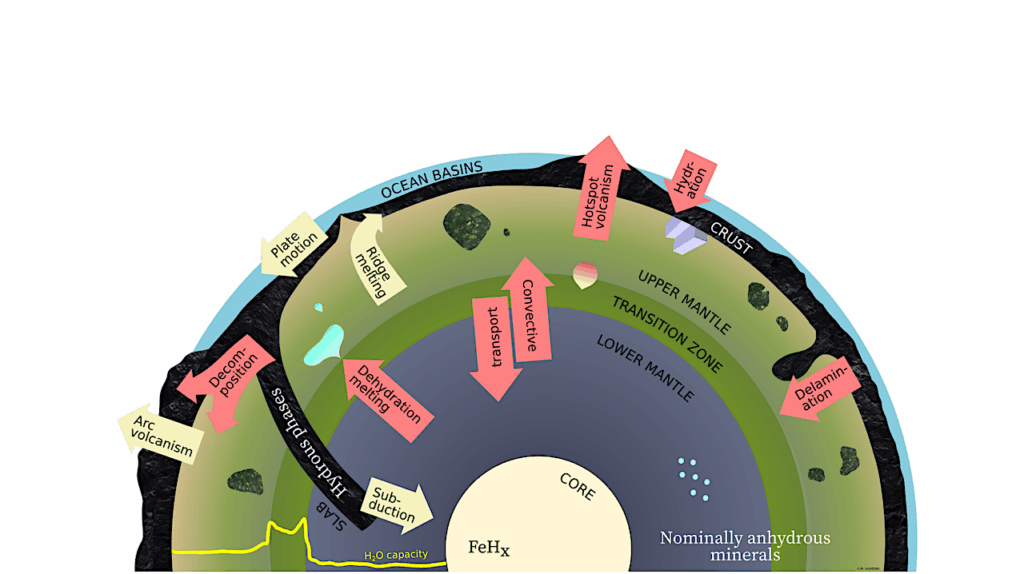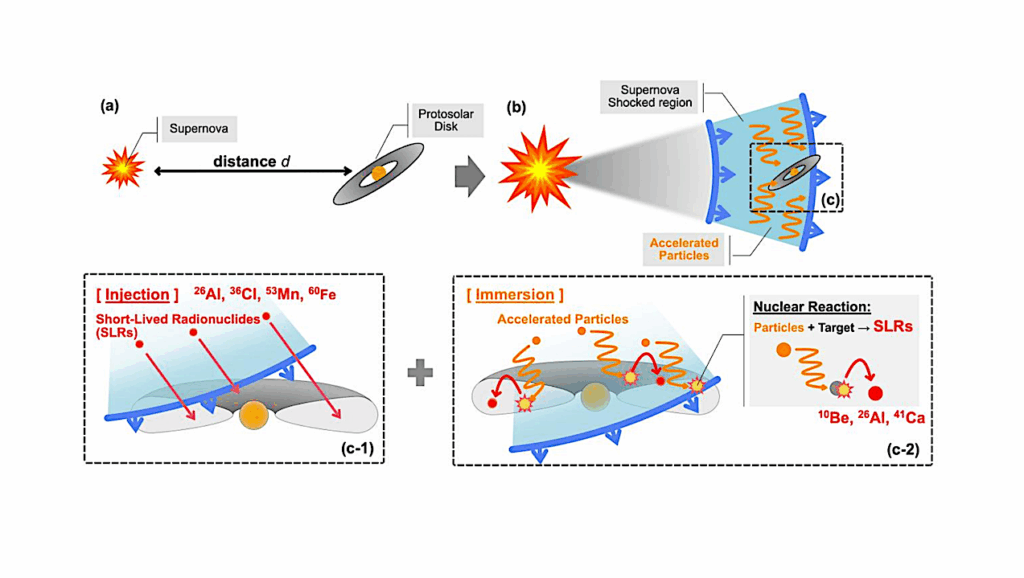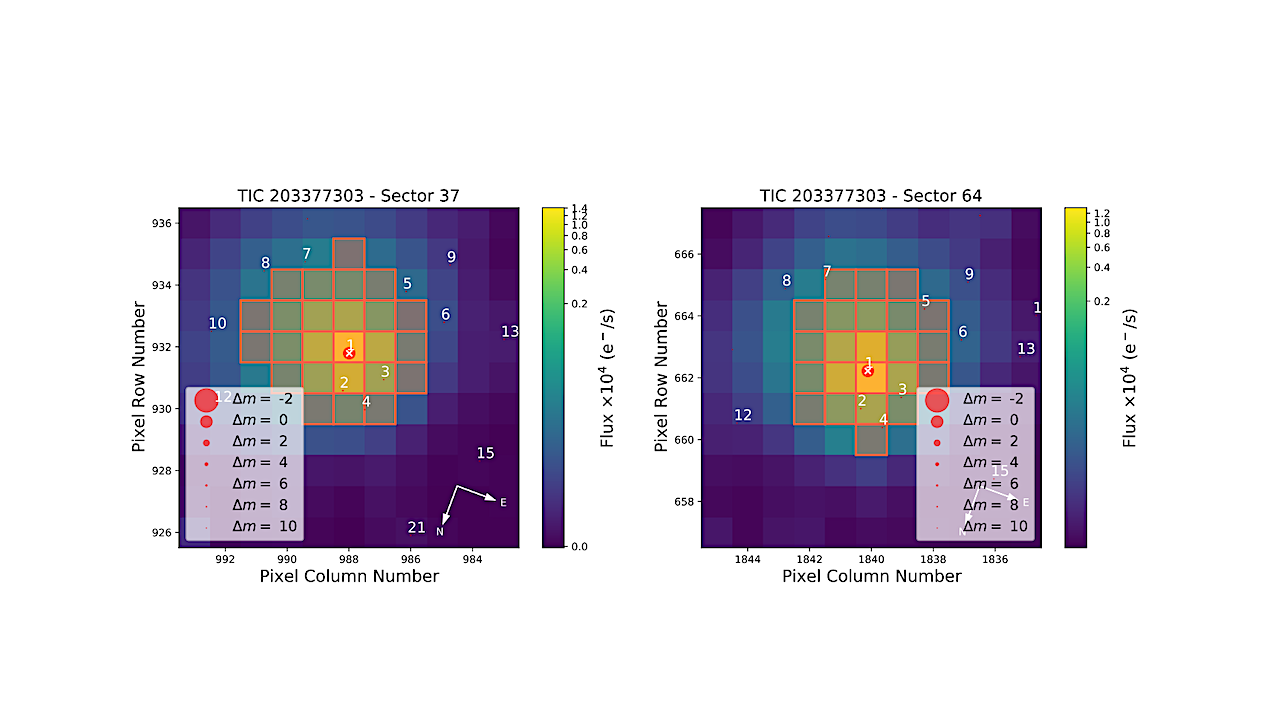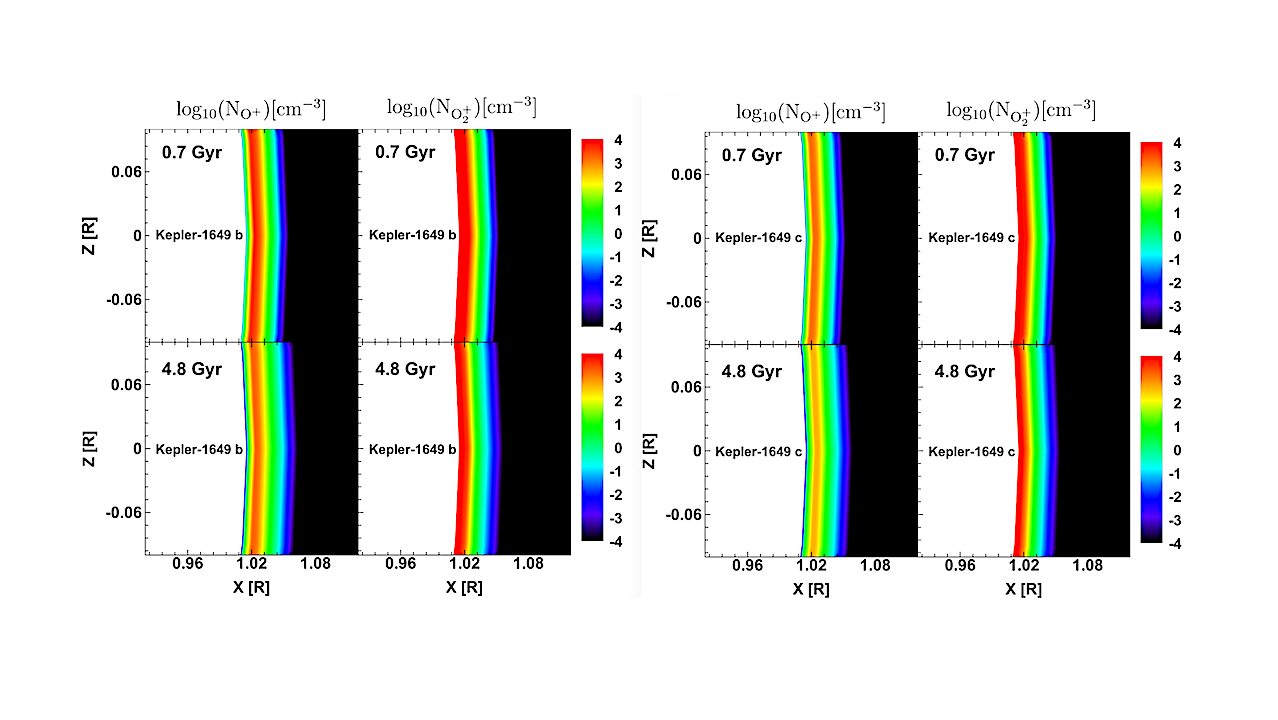Now Reading: Temporal Variation of Flare Occurrence Rates via the Spot Evolution on the Sun and Solar-type Stars
-
01
Temporal Variation of Flare Occurrence Rates via the Spot Evolution on the Sun and Solar-type Stars
Temporal Variation of Flare Occurrence Rates via the Spot Evolution on the Sun and Solar-type Stars
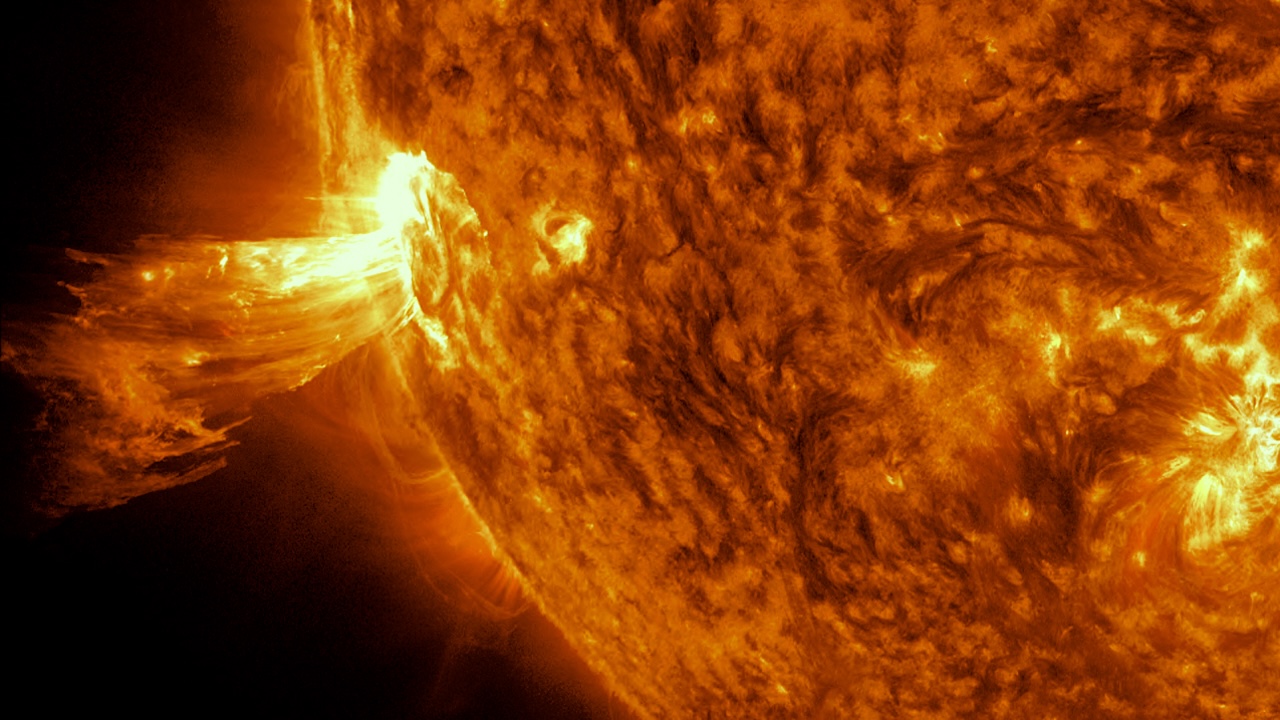

Coronal mass ejection, June 2013 — NASA
The spot evolution on the Sun and solar-type stars is important for understanding the nature of consequential flaring activity.
This study statistically investigates the variance of flare occurrence rate through the time evolution of spots on the Sun and solar-type stars. We have compiled the 28-year catalogs of solar flares and their source sunspots obtained from solar surface observations by NOAA and GOES for the Sun.
Also, we combined the cataloged stellar flares with the time evolution of starspots estimated by light curves obtained by the 4-year Kepler mission for solar-type stars. For the obtained 24124 solar flares and 180 stellar flares, we calculate the flare occurrence distribution with respect to tflare−tmax, which represents the timing of flare through the spot evolution, where tflare is the flare occurrence time, and tmax is the time when the source spot takes its maximum area.
When normalized by the spot lifetime, we found that the flare occurrence distribution for tflare−tmax shows a similar distribution regardless of spot size or flare energy, suggesting that the Sun and the solar-type star share the same physical process in the spot-to-flare activity.
On this basis, we propose a formula for the time variation of the flare occurrence rate per spot. Also, the correlation between the temporal variation of flare occurrence rate and the time evolution of spot area and the lack of difference in flare occurrence rate between the emergence and decaying phases provide a milestone for the nature of flare-productive spots.

Successfully analyzed examples of the time evolution of flare-productive starspot candidates and the timing of flare. We note that we adopt ε = 0.10 and Prot = 21.20 d for the clustering analysis of this star, KIC 5695732. (Upper panel) Kepler light curve for Barycentric Julian Date (BJD) subtracting 2450000 d. The background yellow line is the observed Kepler light curve, and the black line is the smoothed one. The vertical gray-shaded regions correspond to the observational gaps longer than 5 hr. As for symbols and colors, the same one applies to the following panels: The open circles represent the unclustered local minima of the light curve; the orange-filled circle is the clustered local minima corresponding to the flare-productive starspot candidates; the gray-filled circle is the clustered local minima corresponding to other spots; and the red symbol indicates positions where flares were detected on the light curve. (Middle panel) Phase-time diagram, where the vertical axis corresponds to phases of the local minima detected in the upper panels compared to the rotational period. The size of the circles represents the depth of each minimum from the nearby local maxima. The gray shaded line represents the direction in which time is progressing. In this figure, a red line has been added to each red symbol representing flare to indicate the criteria that pick up the candidates for flare sources. (Bottom Panel) Time evolution of spot area estimated by the depth of the local minima for the spots we focus on. We also show when the flares occurred in this evolution. — astro-ph.SR
Takato Tokuno, Kosuke Namekata, Hiroyuki Maehara, Shin Toriumi
Comments: 21 pages, 12 figures, 2 tables. Accepted for publication in The Astrophysical Journal
Subjects: Solar and Stellar Astrophysics (astro-ph.SR)
Cite as: arXiv:2504.12761 [astro-ph.SR] (or arXiv:2504.12761v1 [astro-ph.SR] for this version)
https://doi.org/10.48550/arXiv.2504.12761
Focus to learn more
Submission history
From: Takato Tokuno
[v1] Thu, 17 Apr 2025 08:56:43 UTC (2,882 KB)
https://arxiv.org/abs/2504.12761
Astrobiology, Space Weather,
Stay Informed With the Latest & Most Important News
Previous Post
Next Post
-
 012024 in Review: Highlights from NASA in Silicon Valley
012024 in Review: Highlights from NASA in Silicon Valley -
 02Panasonic Leica Summilux DG 15mm f/1.7 ASPH review
02Panasonic Leica Summilux DG 15mm f/1.7 ASPH review -
 03From Polymerization-Enabled Folding and Assembly to Chemical Evolution: Key Processes for Emergence of Functional Polymers in the Origin of Life
03From Polymerization-Enabled Folding and Assembly to Chemical Evolution: Key Processes for Emergence of Functional Polymers in the Origin of Life -
 04How New NASA, India Earth Satellite NISAR Will See Earth
04How New NASA, India Earth Satellite NISAR Will See Earth -
 05And Thus Begins A New Year For Life On Earth
05And Thus Begins A New Year For Life On Earth -
 06Astronomy Activation Ambassadors: A New Era
06Astronomy Activation Ambassadors: A New Era -
07SpaceX launch surge helps set new global launch record in 2024












